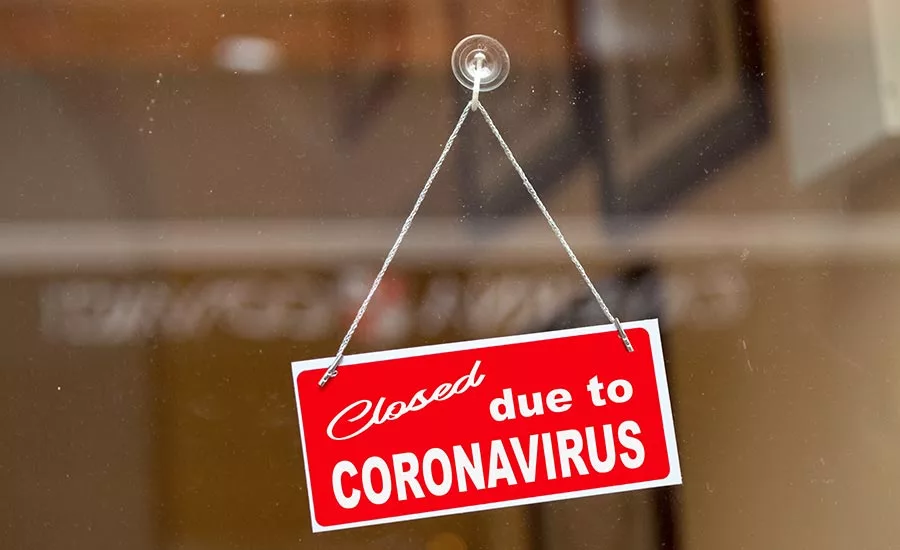Nine U.S. States Plan Reopening of Economies After Coronavirus Shutdown

A total of nine U.S. states across the East and West coast announced their plans to slowly reopen the economy and to lift quarantine orders.
New York Governor Andrew M. Cuomo, New Jersey Governor Phil Murphy, Connecticut Governor Ned Lamont, Pennsylvania Governor Tom Wolf, Delaware Governor John Carney and Rhode Island Governor Gina Raimondo announced the creation of a multi-state council to restore the economy and get people back to work. This announcement builds on the states' ongoing regional approach to combatting the COVID-19 pandemic.
The coordinating group - comprised of one health expert, one economic development expert and the respective Chief of Staff from each state -- will work together to develop a fully integrated regional framework to gradually lift the states' stay at home orders while minimizing the risk of increased spread of the virus, says a press release.
The council, notes the release, will create this framework using every tool available to accomplish the goal of easing social isolation without triggering renewed spread - including testing, contact tracing, treatment and social distancing - and will rely on the best available scientific, statistical, social and economic information to manage and evaluate those tools.
"We have been collaborating closely with our neighboring states to combat this pandemic through a uniform approach to social distancing and density reduction and it has been working well. Now it is time to start opening the valve slowly and carefully while watching the infection rate meter so we don't trigger a second wave of new infections," Governor Cuomo said. "This is not a light switch that we can just flick on and everything goes back to normal - we have to come up with a smart, consistent strategy to restart the systems we shut down and get people back to work, and to the extent possible we want to do that through a regional approach because we are a regional economy. New York is partnering with these five states to create a multi-state council that will come up with a framework based on science and data to gradually ease the stay at home restrictions and get our economy back up and running."
In addition, California Governor Gavin Newsom, Oregon Governor Kate Brown and Washington Governor Jay Inslee also announced an agreement on a shared vision for reopening their economies and controlling COVID-19 into the future.
The Governors note that while each state is building a state-specific plan, the states have agreed to the following principles as they build out a West Coast framework:
- Residents’ health comes first.
- Health outcomes and science – not politics – will guide these decisions. Modifications to states’ stay at home orders must be made based off an understanding of the total health impacts of COVID-19, including: the direct impact of the disease on communities; the health impact of measures introduced to control the spread in communities; and health care systems’ ability to ensure care for those who may become sick with COVID-19 and other conditions. This effort will be guided by data. "We need to see a decline in the rate of spread of the virus before large-scale reopening, and we will be working in coordination to identify the best metrics to guide this," said the governors.
- Each state will work with its local leaders and communities within its borders to understand what’s happening on the ground and adhere to an agreed upon approach.
Lastly, the governors said public health leaders will focus on four goals that will be critical for controlling the virus in the future:
- Protecting vulnerable populations at risk for severe disease if infected (including a concerted effort to prevent and fight outbreaks in nursing homes and other long-term care facilities).
- Ensuring an ability to care for those who may become sick with COVID-19 and other conditions, which will require adequate hospital surge capacity and supplies of personal protective equipment.
- Mitigating the non-direct COVID-19 health impacts, particularly on disadvantaged communities.
- Protecting the general public by ensuring any successful lifting of interventions includes the development of a system for testing, tracking and isolating. The states will work together to share best practices.
Looking for a reprint of this article?
From high-res PDFs to custom plaques, order your copy today!






